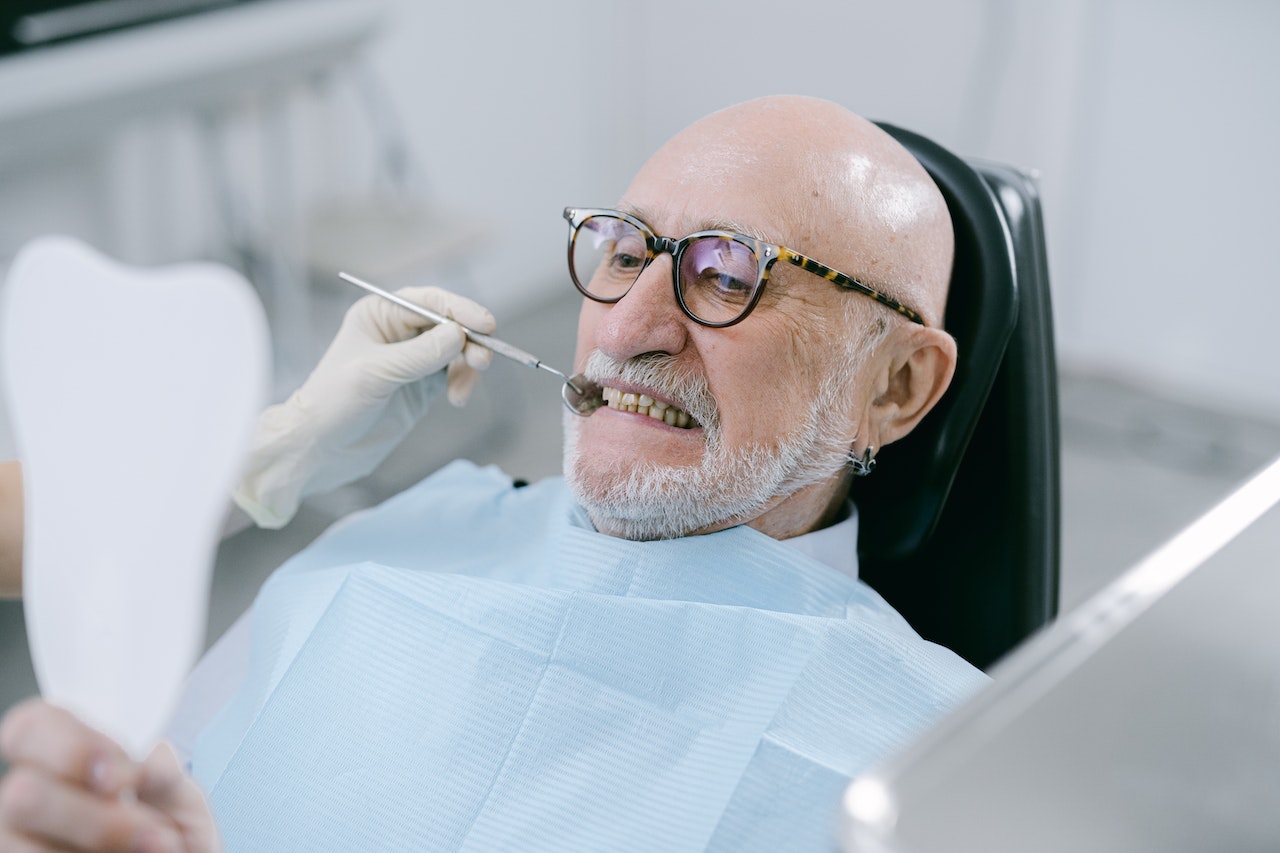
31 May 5 Treatment Options for Gum Disease
Also known as periodontal disease, gum disease is a common dental issue that leads to some very serious damage. It causes painful, swollen, and bleeding gums, and is the leading cause of tooth loss in seniors. Over time, the bacteria that cause the disease can even spread to your heart, lungs, and other parts of your body.
Fortunately, gum disease can be stopped in its tracks with immediate intervention. The type of treatment you need will depend on how far your periodontal disease has progressed. Let’s take a look at the different treatment options available.
Five Gum Disease Treatment Options
1: Professional Teeth Cleaning
If detected in its earliest stage, gingivitis, gum disease can often be reversed. All it takes in most cases is a professional dental cleaning to thoroughly remove the buildup of plaque and tartar that cause gum infections.
This is why it’s essential to attend your twice-yearly dental appointments and to practice good daily oral hygiene. If you suffer from dry mouth, have difficulty cleaning your teeth, or have a higher risk of gum disease, you may need to get your teeth cleaned more frequently to properly protect your oral health.
2: Scaling and Root Planing
After gum disease has progressed past the stage of gingivitis, there is a non-surgical treatment option called scaling and root planing. This procedure is also known as a “deep dental cleaning” because the hygienist cleans your teeth below the gumline.
Scaling involves removing plaque and tartar from the surface of your teeth, all the way down to their roots. Afterward, root planing is required to smooth out the roots and help your gums reattach to your teeth.
3: Antibiotics
Since gum disease is a chronic bacterial infection, antibiotic therapy may be required along with other procedures. If the disease is mild enough, sometimes antibiotics can be used as a stand-alone treatment to eliminate the infection.
4: Pocket Reduction Surgery
As gum disease advances, surgical treatments become the only way to preserve the teeth. One type of treatment for advanced gum disease is pocket reduction surgery, which is also referred to as flap surgery or osseous surgery.
This procedure involves surgically removing the gums from the teeth (which creates flaps) in order to remove extensive plaque and tartar buildup from below the gum line. Afterward, the gums are smoothed, reshaped, and surgically reattached.
5: Gum Grafting or Bone Grafting
Advanced periodontal disease can cause significant damage to the gum tissue and even cause permanent bone loss. In the most advanced stages of gum disease, surgeries like bone grafting and gum grafting may be required to stop tooth loss. Gum grafting helps restore receding gums, and bone grafting rebuilds damaged bone tissue to hold your teeth in place.
Non-Surgical Gum Disease Treatments in Sun Lakes, Arizona
At Dr. Saba and Associates, we offer effective non-surgical gum treatment to help halt the effects of gum disease. If your gums are tender, swollen, red, bleeding, or receding, please don’t hesitate to contact us. We’ll examine your mouth and discuss the best gum disease treatment options for your case.
Give us a call at 480-895-2111 today to schedule an appointment.
Images used under creative commons license – commercial use (5/31/2023). Photo by SHVETS production on Pexels



